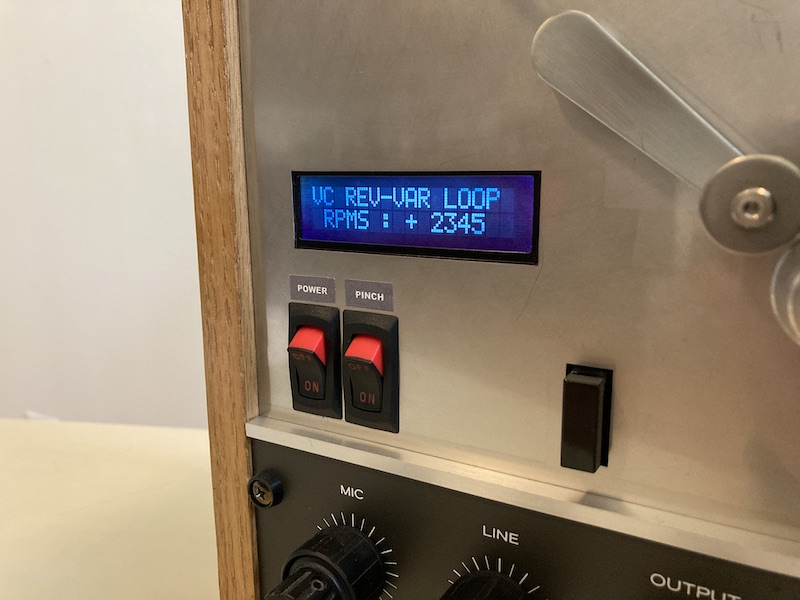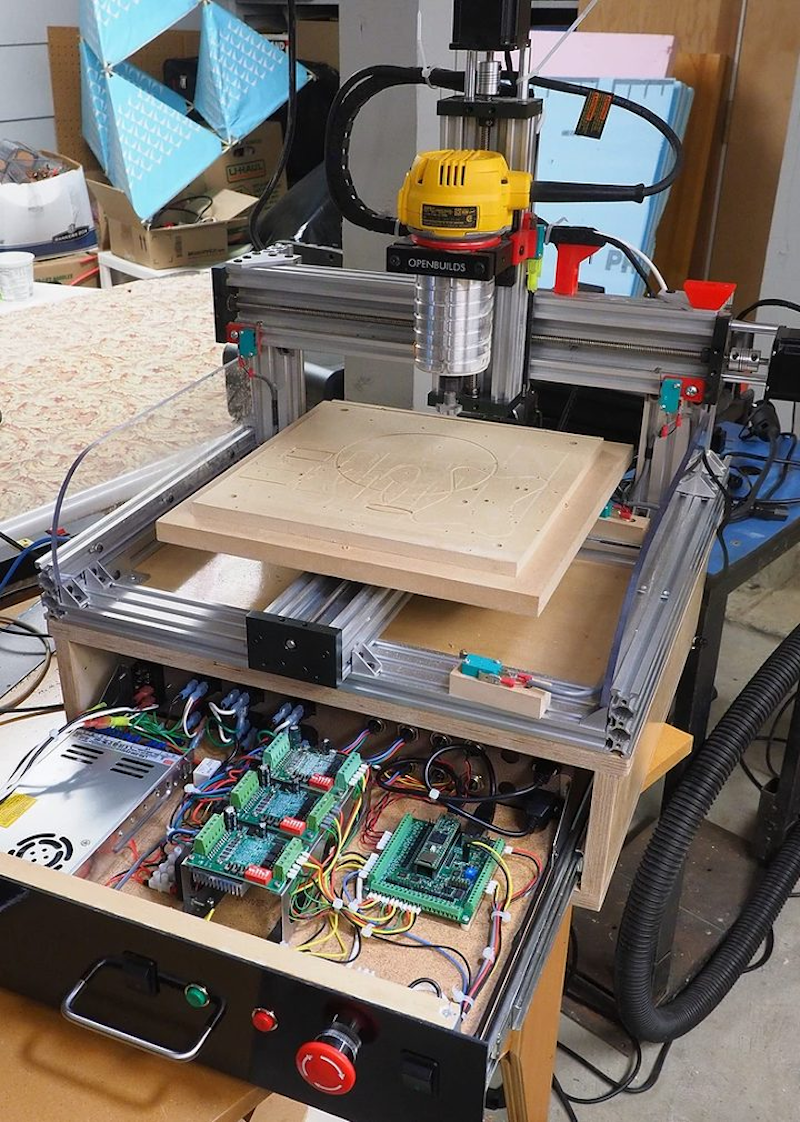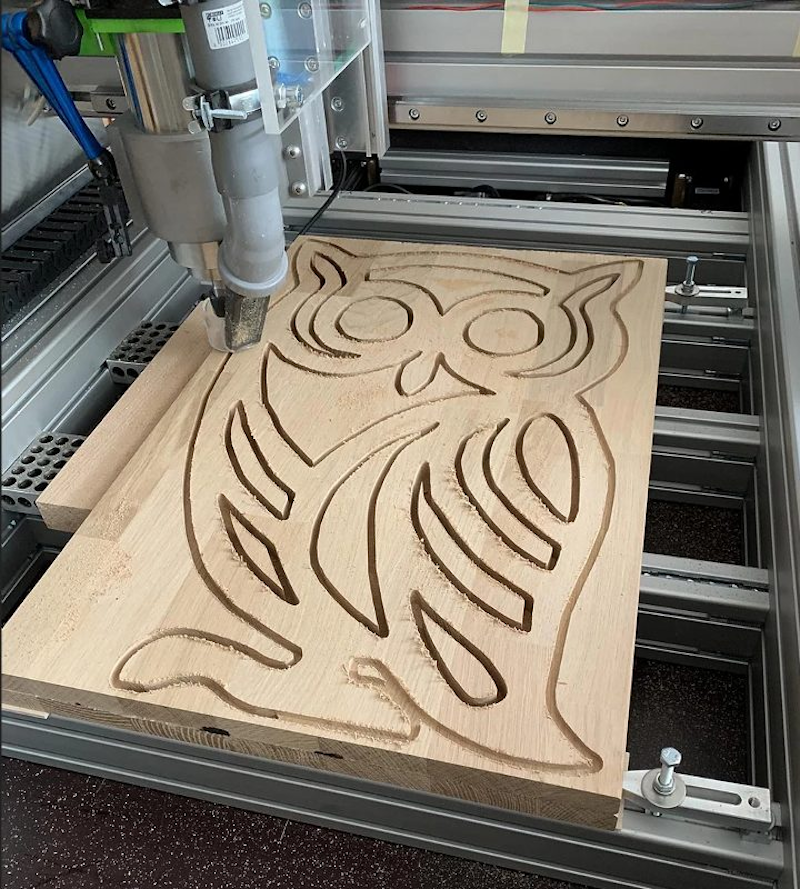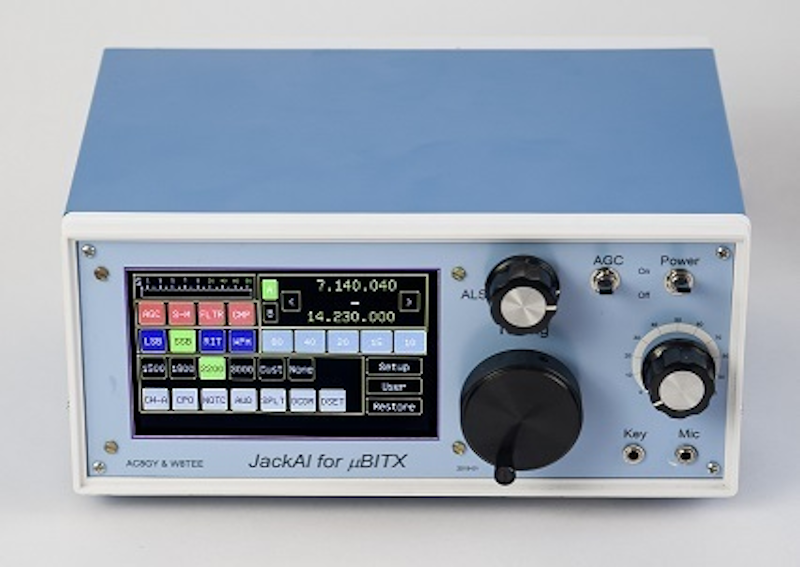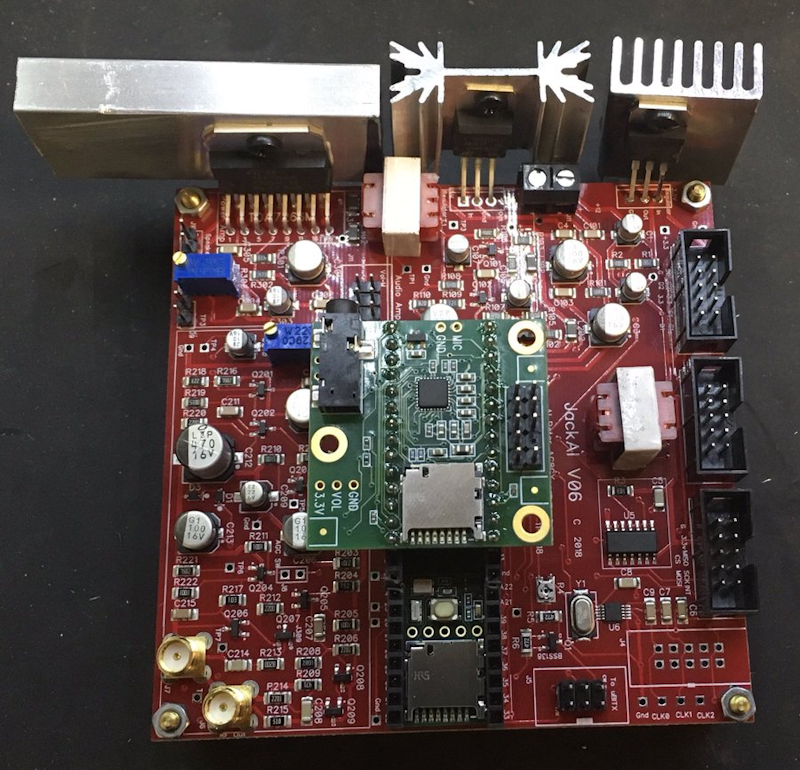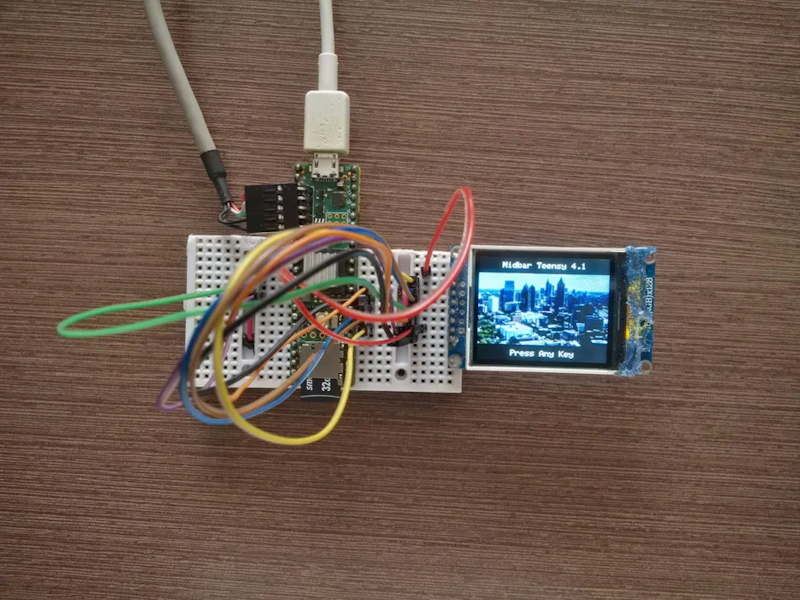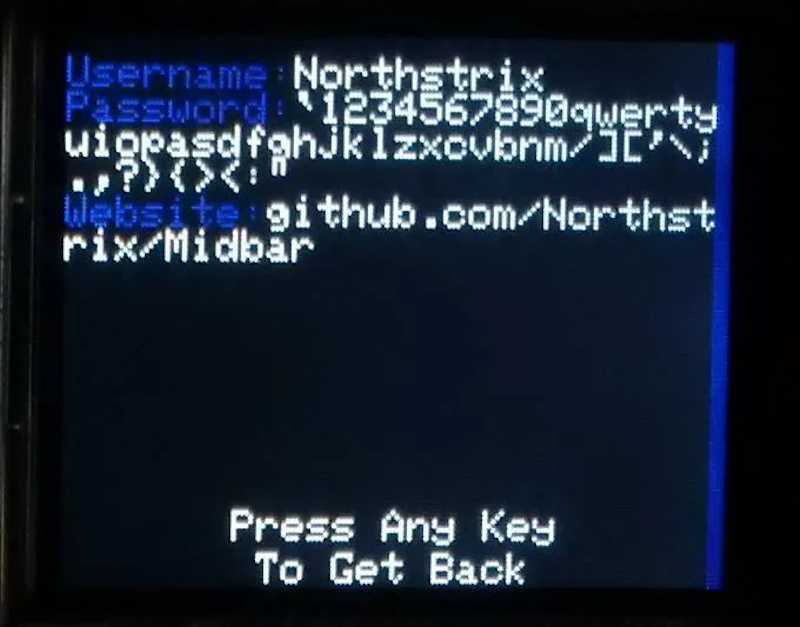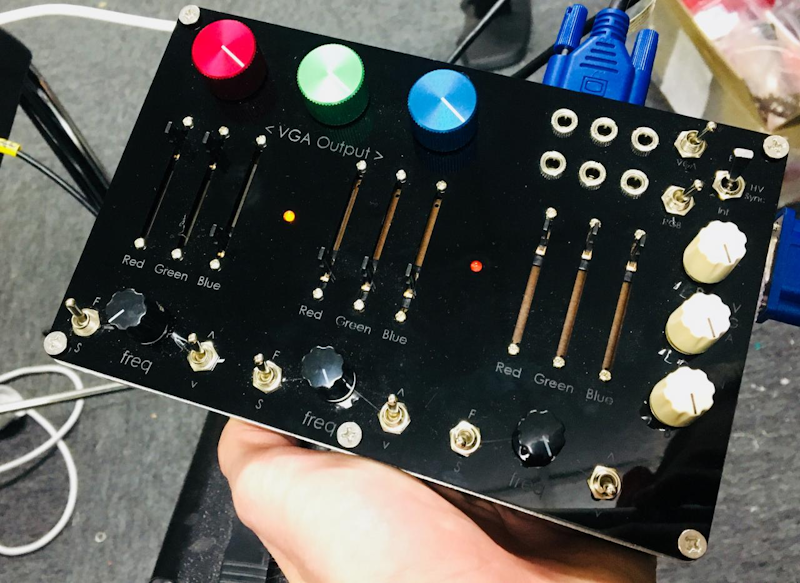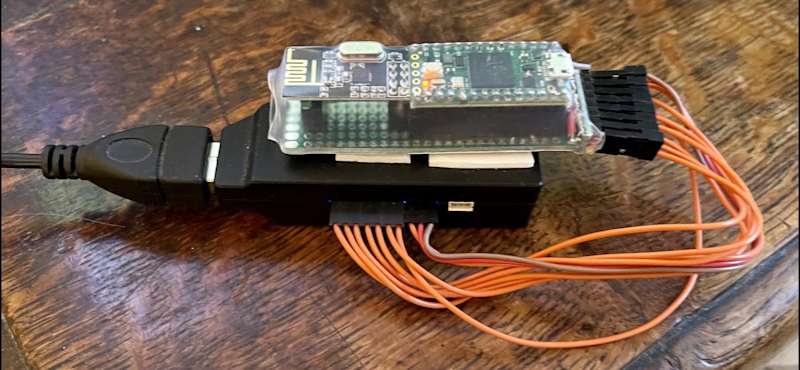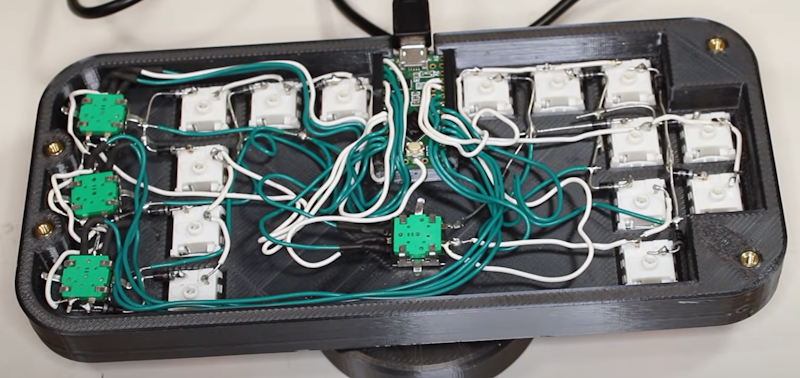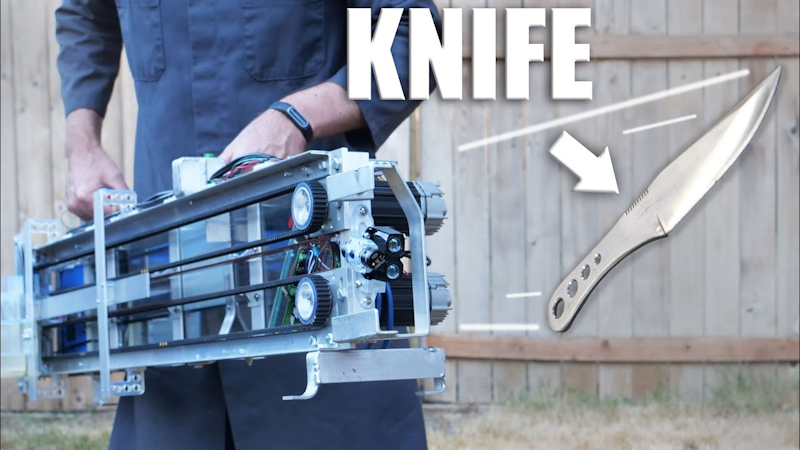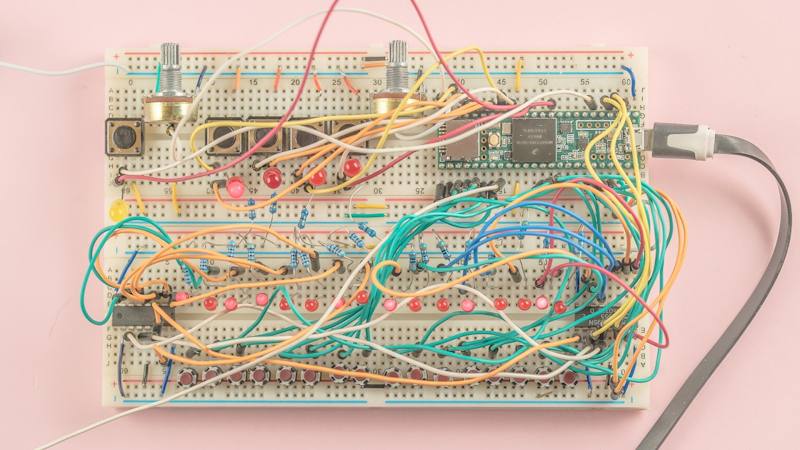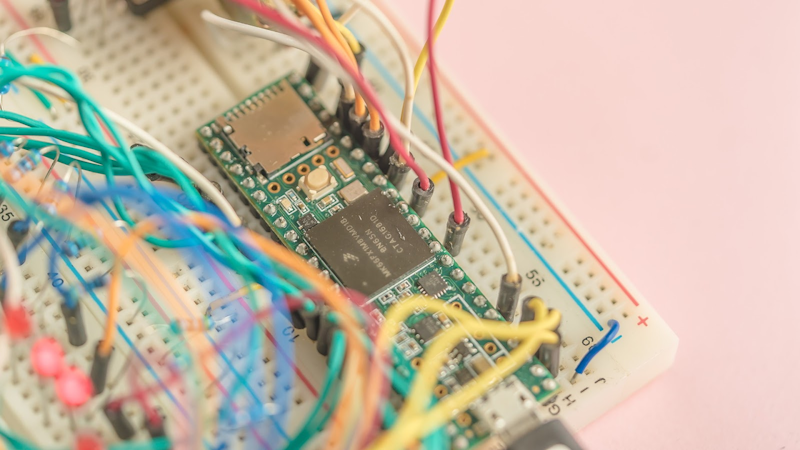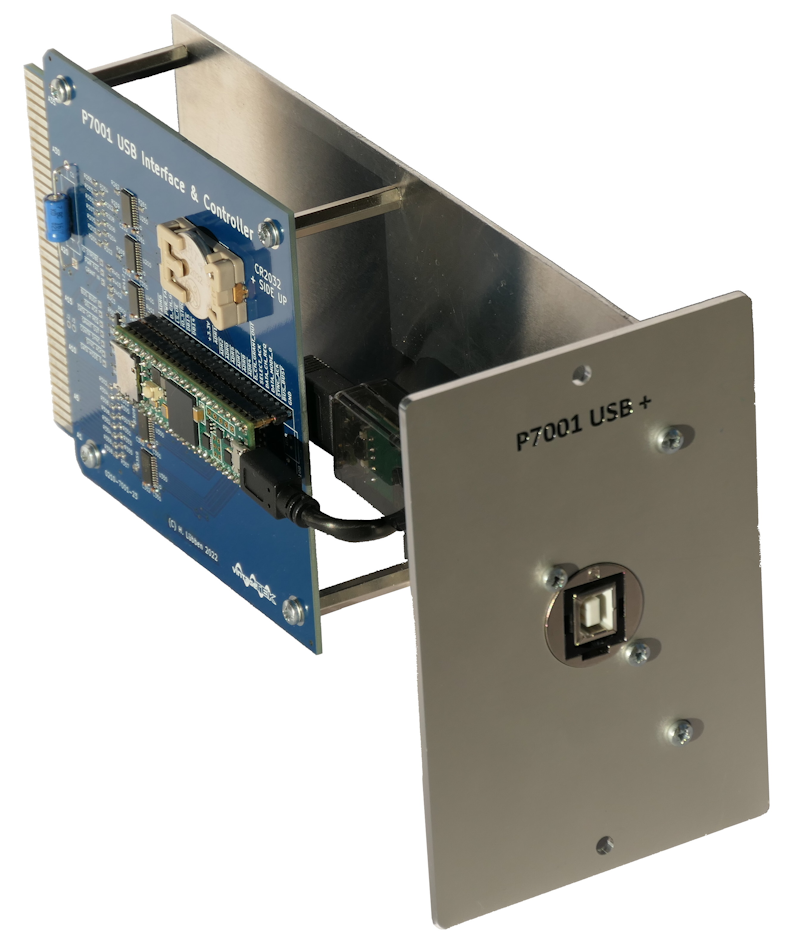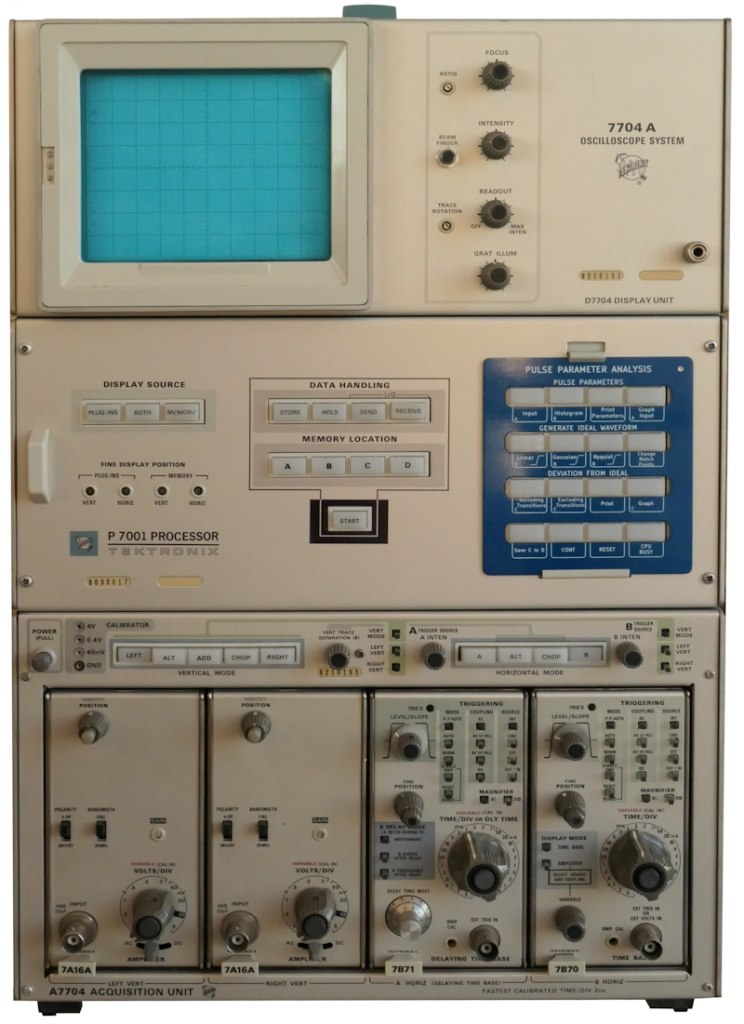We’ve seen a fair number of Teensy-based looping tools in recent years, but this one by Donkeyahoy is rather unique in that it uses a literal loop of analog magnetic audio tape, rather than a more modern, digital approach.
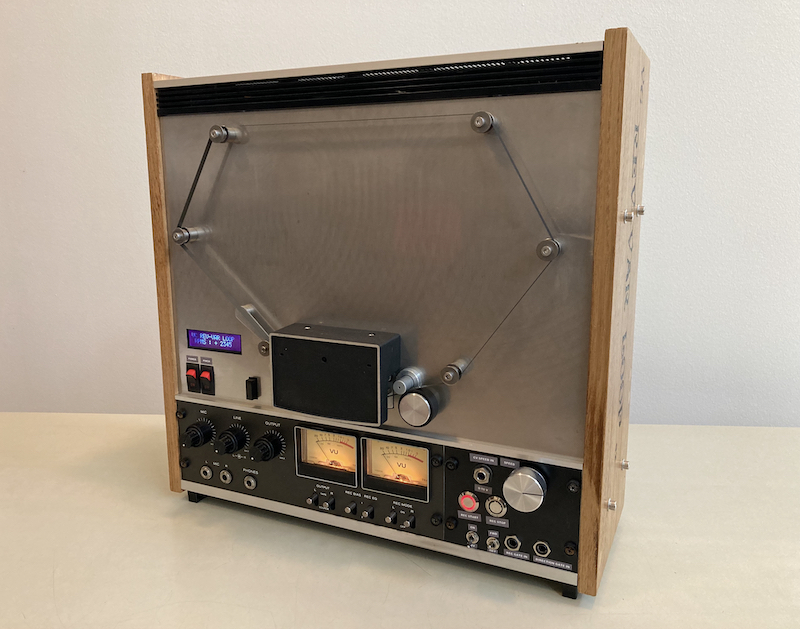
The motor driving the tape can be adjusted over a wide range (0-4000 capstan rpm, 0-99 tape inches per second), allowing the playback speed to vary from excruciatingly slow to absurdly fast (with the pitch changing along with it). Control voltage or an external DAW can also be used to adjust speed. The same external control can be used to reverse the loop (great for backmasking subliminal messages!) as well as via the direction switch. A built-in LCD shows speed and direction, which is useful if you want to return to the original recording speed. The two-track system also has left/right stereo mic and line inputs, line and headphone outputs, and classic VU meters for monitoring levels. Learn more on the project’s GoFundMe page.
